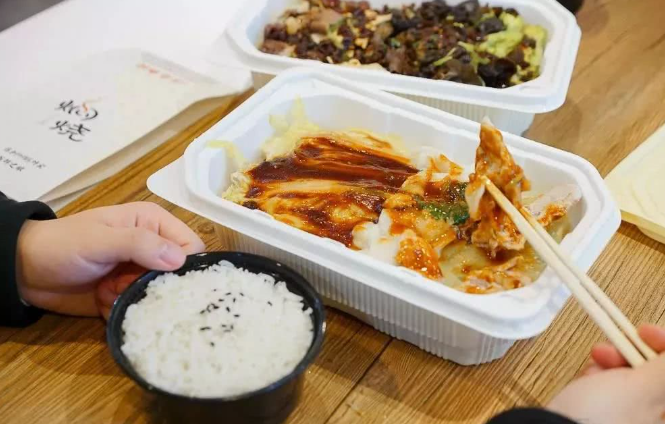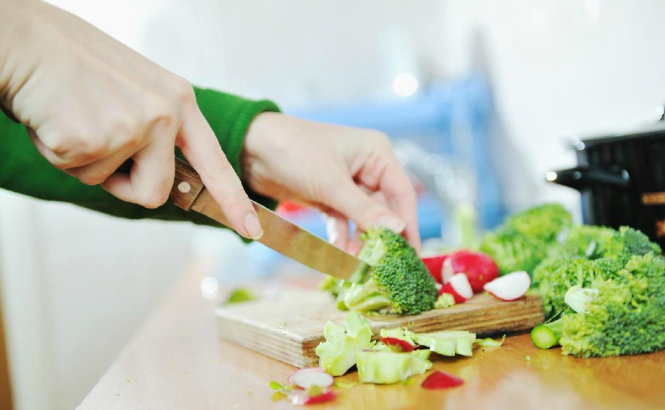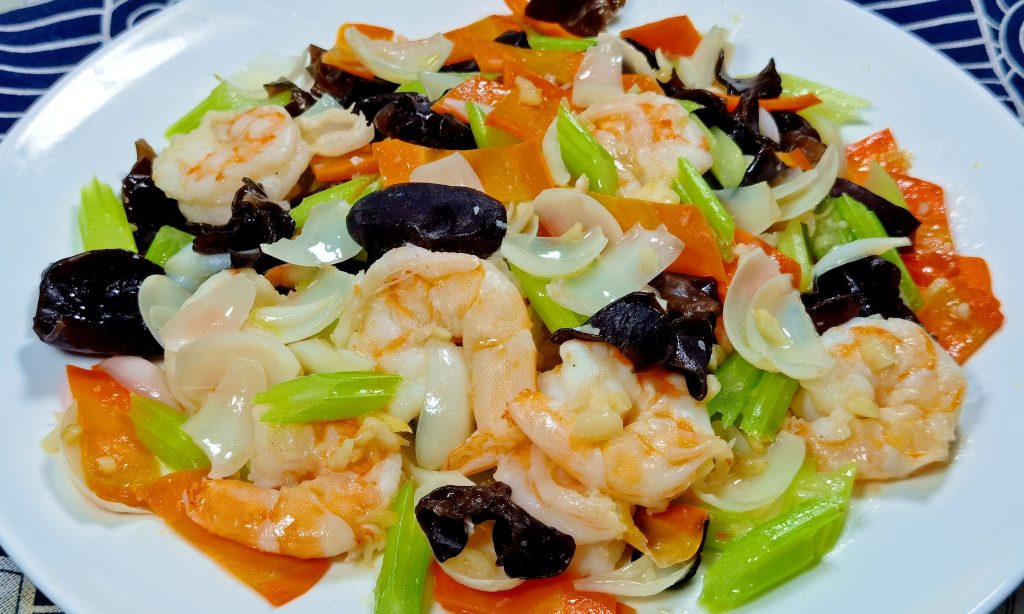When Chinese entrepreneur Luo Yonghao criticized a meal at Xibei for feeling like pre-packaged food, his comment on September 10, 2025, sparked a firestorm online. The term pre-made meals struck a nerve, exposing a deep cultural divide: while Westerners embrace the convenience of industrialized food, Chinese households cling to the ritual of home cooking. Despite China’s booming pre-made meal industry, why do its people remain so devoted to the kitchen’s “wok hei” (the smoky essence of stir-fry)? The answer lies in tradition, emotion, and a unique culinary philosophy that sets China apart.
The Cultural Divide: Wok Hei vs. Western Convenience
In China, cooking is more than sustenance—it’s a craft steeped in culinary tradition. A typical meal demands precision: slicing ingredients, marinating, stir-frying with exact heat control, and balancing flavors. A family dinner of three dishes and a soup can take one to three hours to prepare. Festive banquets, like those for Lunar New Year, might consume an entire day, embodying reunion and heritage. This pursuit of wok hei—the inimitable flavor from a sizzling wok—defines Chinese home cooking.

Contrast this with the West, where “cooking” often means assembling pre-packaged meals. In the UK, a 220-gram vegetable pack costs £2.75 (about 26 RMB), prepped and delivered via cold-chain logistics. American families rely on sandwiches, pre-made salads, or microwaved fast food. A “fancy” dinner might involve baking pre-marinated steak and frozen veggies. A 2024 UK survey found only 33% of households cook proper dinners weekly, with pre-made meals and takeout dominating. Efficiency trumps artistry.
China’s Culinary Passion: A National Identity
China’s kitchen is a haven of smoky domestic charm. Recipes vary by region, household, and chef, even with identical ingredients. This diversity reflects a cultural confidence in cooking as an art form, where “folk masters” whip up dishes bursting with life. Unlike Western “white people food”—think bread, lettuce, cold cuts, and cheese—Chinese meals demand heat, spice, and soul. The act of cooking fosters relaxation and family bonding, turning the kitchen into a space of emotional connection.
Festivals amplify this. During Spring Festival, families knead dumplings; at Mid-Autumn, they shape mooncakes. These aren’t just meals but cultural heritage, tying generations to memories of home. In contrast, Western holiday meals often lean on store-bought roasts or pies, prioritizing convenience over ritual.

The Pre-Made Meal Surge: A Threat to Tradition?
China’s pre-made meal industry is booming, reaching 500 billion yuan in 2024 with an 18% annual growth rate. Urbanites in Beijing and Shanghai increasingly rely on takeout, with the market surpassing 1 trillion yuan. Restaurants and supermarkets lean on pre-made dishes for cost-cutting. Yet, consumers push back, craving the freshness and wok hei that factories can’t replicate. A stir-fry’s magic—tied to live flames and a chef’s intuition—defies assembly lines.
This resistance is starkest in schools. News of pre-made meals in cafeterias triggers parental outrage, as fresh, home-cooked food is seen as vital for kids’ health and safety. Meanwhile, Western school lunches—boxed, pre-made, and cold—are standard, with ingredients mass-procured and minimally prepared.

Why China Resists the Global Trend
Globally, industrialization has sidelined home cooking. Kitchens in Europe and the US are shrinking, with meals reduced to quick assemblies. But in China, the world’s industrial powerhouse, the kitchen remains sacred. Cooking is a ritual of family bonding, a link to ancestors through dumplings, cured meats, or steamed cakes. It’s not about food alone but the laughter and stories shared over a steaming table.
Westerners chase efficiency and low cost, often at the expense of flavor or craft. Chinese prioritize smoky domestic charm and authenticity, even as pre-made meals encroach. This isn’t just love for cooking—it’s love for the life it represents. No matter how fast-paced or industrialized China becomes, the kitchen’s warmth endures as a cultural cornerstone.
References
- Luo Yonghao. (2025). Social Media Post on Xibei Dining Experience. X Platform.
- China Catering Industry Report. (2024). Pre-Made Meal Market Statistics.
- Tesco UK. (2024). Vegetable Pack Pricing Data.
- USDA. (2024). American Household Food Consumption Trends.
- Statista. (2024). UK Household Cooking Habits Survey.
- Xinhua. (2023). Chinese Culinary Culture and Festival Foods.
- China Food Industry Association. (2024). Pre-Made Meal Market Growth Report.
- National Bureau of Statistics of China. (2024). Food Delivery Market Data.
- People’s Daily. (2024). Challenges of Pre-Made Meals in Chinese Dining.
- China Education News. (2024). Parental Reactions to School Pre-Made Meals.
- BBC. (2024). UK and US School Lunch Standards.
- The Guardian. (2023). Global Decline in Home Cooking Trends.


